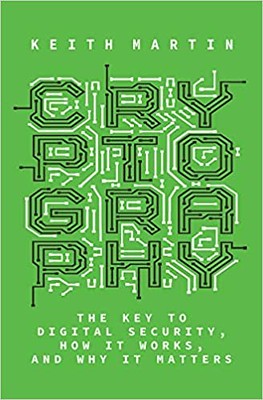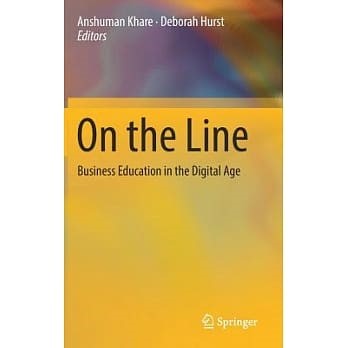by Glenice Lilje
The “New Normal” of Living in the Digital and Information Age
In 2020, everyone had been shaken up by a global pandemic. Lines between home and school/careers had been blurred and most people found themselves having to acclimate to a “new-normal”. Some took on double roles as teacher on top of their parental duties. People everywhere have had to adopt new technology, come up with innovative ways to carry out daily operations and sometimes by using foreign platforms. Meetings, training, and lessons were altered to try and match the quality of face-to-face delivery. There is no denying that there was an increase of screen usage in the last year and some.
Looking back as what started off as a “pause” in the world or even a hindrance, became an opportunity for expansion as well as accessibility. Libraries not only saw an influx of new users, but of electronic resource usage as well. Families and friends found new ways to keep in touch by learning to use various video conferencing platforms. I was even able to graduate early with the increase of courses being offered online whereas previously I would have had to wait until the next on-campus offering. As we start to head back into our offices and school (or not), we can’t deny this paradigm shift has offered us a chance to change the way we do things, sometimes for the better.
Below are some resourceful materials found in our collection for those who also have had to adapt in the modern digital and information age.

Cryptography: The Key to Digital Security, How it Works, and Why it Matters by Keith Martin, 2020.
Not just for spies and hackers, cryptography reinforces our online security. Cryptography plays a critical role in our everyday lives, hiding behind the scenes of our cellphone calls, texts, online shopping transactions, household smart devices and cryptocurrency. Information security expert, Keith Martin, helps readers to understand how cryptography works starting from binary code to more advanced topics like symmetric encryption and has functions.

On the Line: Business Education in the Digital Age by Anshuman Khare and Deborah Hurst, 2018.
Business educators, administrators, and practitioners who are interested in offering their services online-this is for you. This guide provides different perspectives of online business education, from how it is designed to the best platforms and tools to use. The book is divided into three sections: “why”, “how” and “so what?” The “why” explains how education is a service and shares new techniques for delivering a better online business education experience. The “how” clarifies how online business education works using conceptual models for different disciplines. The final section, “so what?” delves into the outcomes, impacts and where online business education is headed in the future in terms of supporting sustainability, ethical decision making and inclusive and collaborative leadership.
Available in both print and eBook format.

Against Amazon and Other Essays by Jorge Carrion, 2020.
Picking up where Jorge Carrion’s previous book, Bookshops: A Reader’s History left off, Carrion travels the world to explore the impacts and pressures of Amazon and other technologies on bookshops and libraries. Interviewing writers and librarians for their insights and opinions in the innovative ways they have had to adapt to ensure the conservation of these vital social, cultural and intellectual spaces. Although Against Amazon… is in part a celebration of books as well as an optimistic overall take the future of reading and retailing, it also serves as a manifesto against the damaging impact of late capitalism.
Available in eBook format.

Mini Book of Teaching for Librarians by Andrew Walsh. 2018.
The Mini Book of Teaching for Librarians is a misnomer as it is packed with practical advice, tips and guidance about how to use them in a teaching session. Librarian and trainer, Andrew Walsh provides general teaching tips and examples of teaching interventions making this guide an excellent resource for any librarian’s toolkit as well as anyone who teaches information skills. The book is also designed as a resource guide where one can easily dip in and out of to refer to instead of a read-through completed text.
Leave a Reply